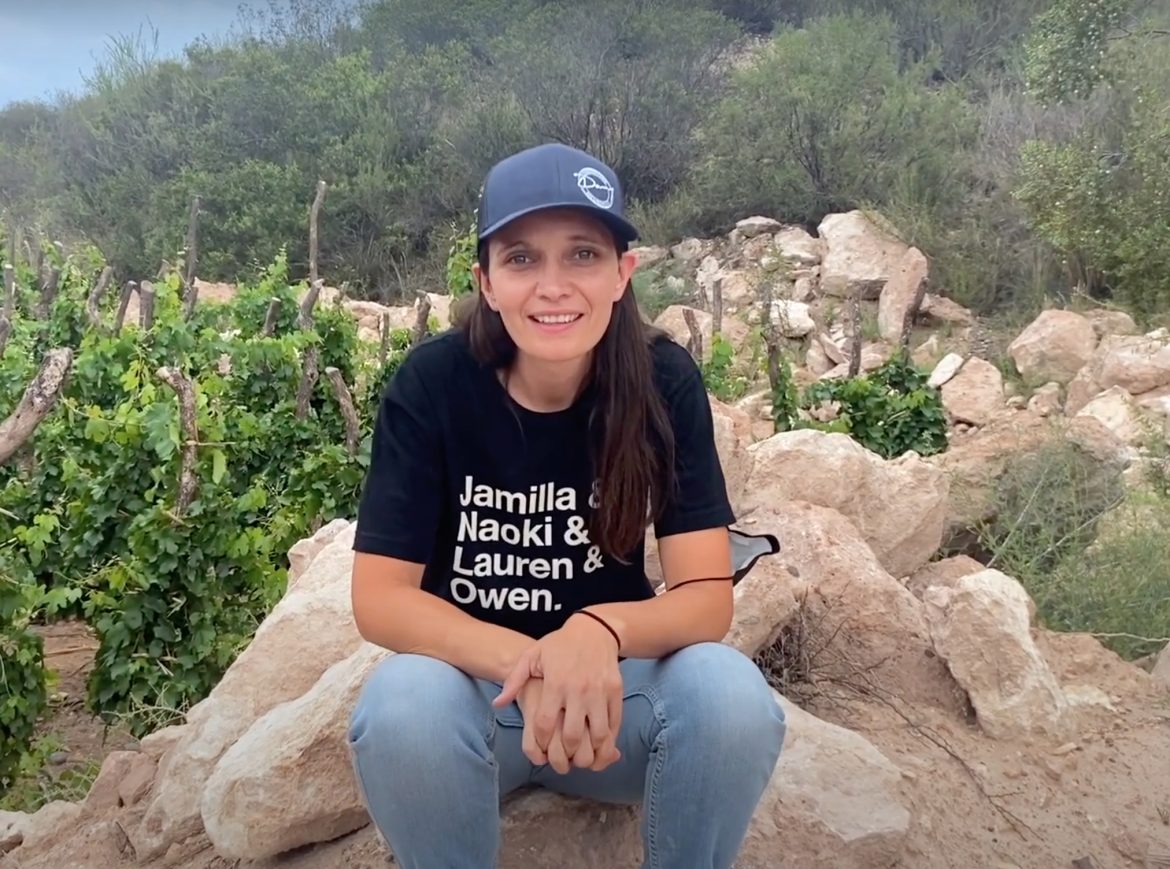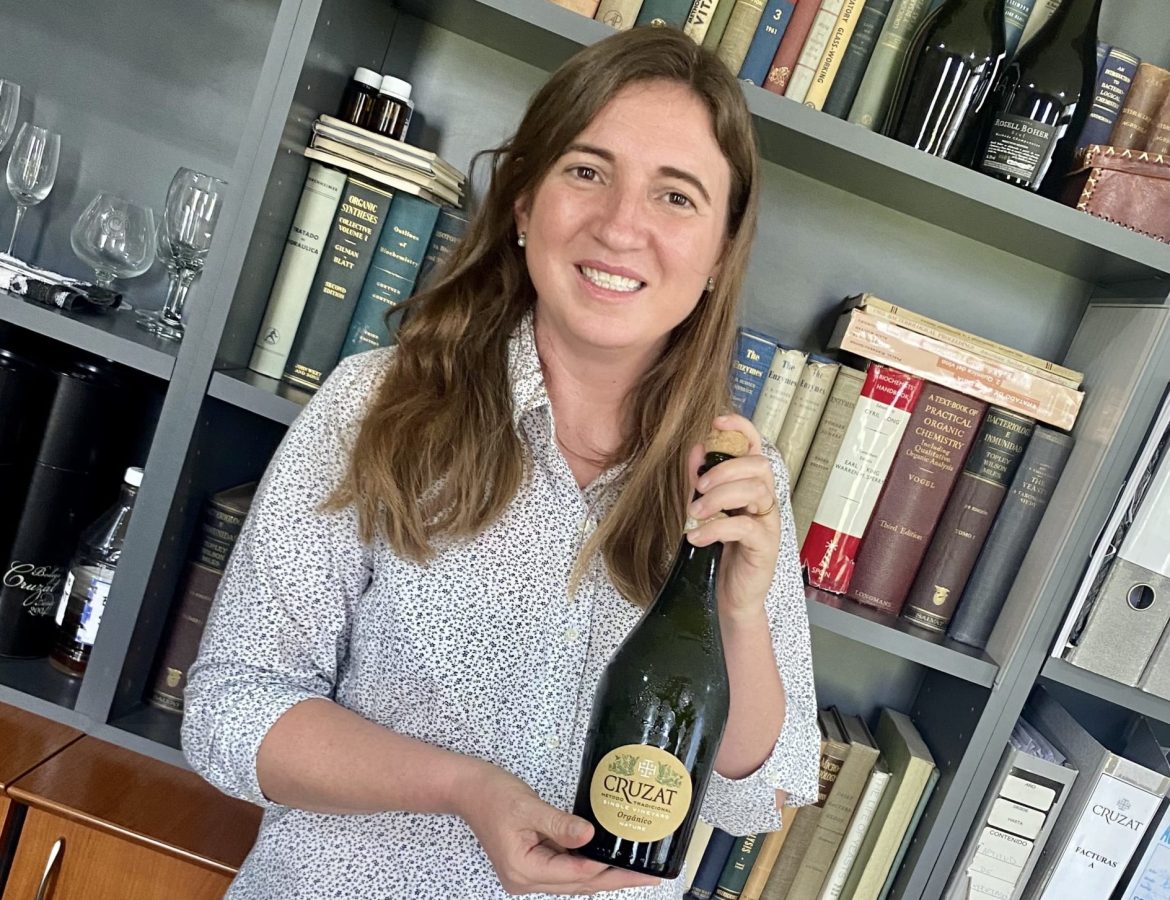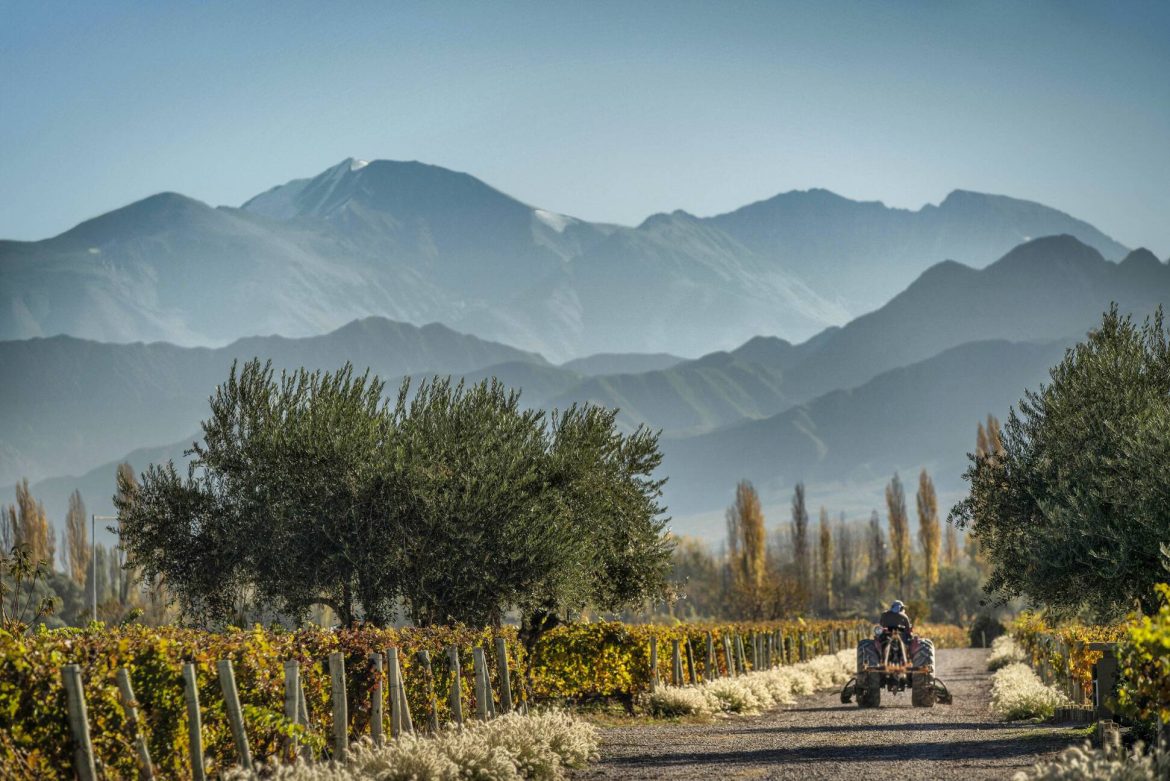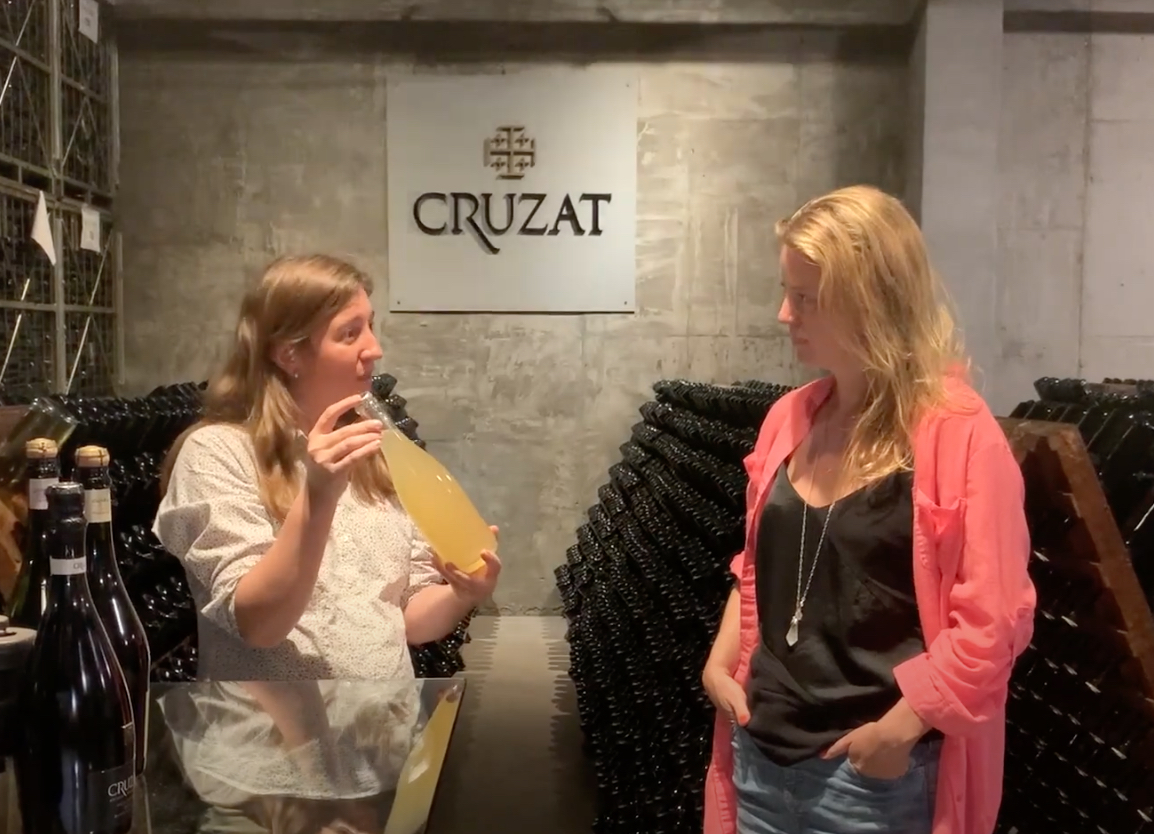Casarena winery in Mendoza has replanted an old Malbec vineyard in their new Naoki vineyard, in a rather interesting terroir! Winemaker Martina Galeano talks about the terroir of Luján de Cuyo, as well as the particularities of their ‘elephant cemetary’ vineyard and the fascinating story of rescuing some older vines. She also explains in this interview why Lujan is a great wine region not only for Malbec but also Cabernet Sauvignon.
Luján de Cuyo
Argentine winemaker Lorena Mulet has specialised in sparkling wine since the beginning of her career and today is in charge of winemaking at Bodega Cruzat, one of the top sparkling wine producers in South America. Cruzat leads the premium market with an entirely traditional method production, including their icon wine Millésime which spends a decade on the lees. The vineyards are in the Uco Valley, including Vista Flores where their superb Single Vineyard Finca La Dama Blanc de Blanc comes from. We get to know more about Lorena in this interview.
What made you fall in love with wine?
I am really keen on the winemaking process and Mendoza has lots of opportunities when it comes to viticulture and winemaking. I like microbiology, the transformation that’s done by microorganisms in wine. I mean you can get wine out of grape juice and I’m seduced by that magic.
In a region where water resources are sparse, it might seem like an unusual choice to plant a host of cover crops, fruit trees and forestry trees in amongst the vines. But that’s just what Cheval des Andes is doing in its vineyards in Mendoza, as part of their radical agroecology manifesto.
Following in the footsteps of Cheval Blanc, their parent estate in Bordeaux who published the manifesto last year, the team at Cheval des Andes are also implementing an innovative agroecology plan to bolster biodiversity, enrich the soils, mitigate climate change and create more complexity while retaining freshness in the wines.
“There are several parts to the plan,” explains Cheval des Andes’ Technical Director Gerald Gabillet. “The first is no more tilling of the soils and planting cover crops, to allow them to create greater networks of micilliim in the soil and richer nutrition. The cover crops will actually give us more efficient retention of water in the soils we think, rather than compete with the vines. And then the planting of trees is also so that they act like a water pump in the soil, but also the trees give us another level of housing for birds and insects, as well as creating some shade for a cooler microclimate.”
Ever wanted to know how traditional method sparkling wine is made? Wine expert and Bodega Cruzat winemaker Lorena Mulet explains the secondary fermentation in bottle and how they produce their renowned sparkling wine in Mendoza, Argentina.
Don’t forget to activate the subtitles if your Spanish isn’t up to scratch!
To read more about Bodega Cruzat and other wineries in Mendoza, visit our Argentina winery guide
Interview with Lorena Mulet on making traditional method sparkling wine
Lorena, we are in the heart of Cruzat, where you do all the traditional method sparkling winemaking. Can you explain to us how the traditional method works, and why these bottles are here in riddling racks?
Yes, we are at the cellar of Cruzat winery We produce all of our sparkling wine following the traditional method… How do we do this? We first make the base wine in big tanks. And then we take this base wine, made from Pinot Noir and Chardonnay, and put it in the wine bottles. Before putting it in the bottles, we prepare a liqueur de tirage which is a solution of the base wine, sugar, a clarifying agent and yeast.
We mix everything and put it in the bottle and then we bring the bottles to the cellar, where the second fermentation takes place. The yeast will transform the sugar we added into alcohol and carbon dioxide. This carbon dioxide is not lost because we put a crown cap, and it becomes the bubbles in the sparkling wine.
If you look at the bottle though it is cloudy with the yeast, and we need to remove the yeast before it reaches the consumer. How do we do this? We turn the bottle in order to allow the lees to remain in suspension and place it in riddling racks. They are first placed in a horizontal position and we add a mark on each bottle as a guide. And every day we rotate the bottle a quarter turn to each side. And the bottle is gradually placed upside down until the wine looks clear and the lees remain in the neck of the bottle.
Can you tell me about why there are so many bottles exploding around us?
There are bottles breaking right now because they are in the middle of the fermentation process… The second fermentation stage is quite dramatic!
And how do you remove the lees in the neck of the bottle?
The neck of the bottle is frozen and the crown cap is removed using a machine and the pressure within the bottle will help push out the frozen yeast plug.



